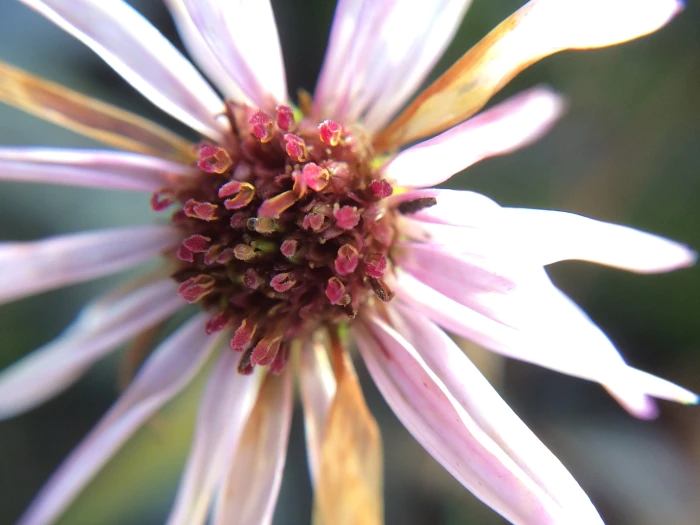Douglas’s Aster
(Symphyotrichum subspicatum)
Douglas’s Aster (Symphyotrichum subspicatum)
/
/

Jeffrey Lee (he/him/his)
CC BY 4.0
Image By:
Jeffrey Lee (he/him/his)
Recorded By:
Copyright:
CC BY 4.0
Copyright Notice:
Photo by: Jeffrey Lee (he/him/his) | License Type: CC BY 4.0 | License URL: http://creativecommons.org/licenses/by/4.0/ | Rights Holder: Jeffrey Lee (he/him/his) | Publisher: iNaturalist | Date Created: 2019-01-01T21:44:29Z |


























Estimated Native Range
Climate Requirements for Mishawaka, Indiana
| This Plant | Your Site | Plant Suitability for Your Location | ||
|---|---|---|---|---|
| • Precipitation | 7" - 181" | 39" | Aquatic | Aquatic |
| • High Temp. | 50°F - 97°F | 85°F | Your summer temperatures are normal for this plant. | Excellent |
| • Low Temp. | -21°F - 46°F | 16°F | Your winter temperatures are normal for this plant | Excellent |
This plant should grow well at your location with about N inches per year (Y minutes per month) of irrigation.
Summary
Symphyotrichum subspicatum, commonly known as Douglas’s aster, is a perennial herb native to moist meadows, marsh edges, streambanks, and wetland margins in western North America. It typically grows to a height of 16 to 47 inches (40 to 120 cm) and is characterized by its clump-forming habit and lance-shaped leaves. Douglas’s aster blooms from late summer to early fall, producing numerous flower heads with violet ray florets surrounding a center of yellow disc florets that become reddish with age. The flowers are highly attractive to pollinators and are considered showy, making them a valuable addition to wildlife gardens.
Douglas’s aster is appreciated for its long blooming period and its ability to attract butterflies and other pollinators. It is often used in native plant gardens, restoration projects, and as a border plant in moist areas. This plant thrives in full sun to part shade and prefers moist, well-drained soils, but can tolerate seasonal flooding. While generally low-maintenance, it can be susceptible to powdery mildew in crowded conditions or when airflow is poor. To maintain vigor and appearance, divide clumps every few years to prevent overcrowding.CC BY-SA 4.0
Douglas’s aster is appreciated for its long blooming period and its ability to attract butterflies and other pollinators. It is often used in native plant gardens, restoration projects, and as a border plant in moist areas. This plant thrives in full sun to part shade and prefers moist, well-drained soils, but can tolerate seasonal flooding. While generally low-maintenance, it can be susceptible to powdery mildew in crowded conditions or when airflow is poor. To maintain vigor and appearance, divide clumps every few years to prevent overcrowding.CC BY-SA 4.0
Plant Description
- Plant Type: Herb
- Height: 1.3-3.3 feet
- Width: 0.7-1.3 feet
- Growth Rate: Moderate
- Flower Color: Purple
- Flowering Season: Summer, Fall
- Leaf Retention: Deciduous
Growth Requirements
- Sun: Full Sun, Part Shade
- Water: Medium
- Drainage: Medium, Fast
Common Uses
Bee Garden, Border Plant, Butterfly Garden, Low Maintenance, Street Planting
Natural Habitat
Moist meadows, marsh edges, streambanks, and wetland margins in western North America
Other Names
Common Names: Western Aster, Pacific Aster
Scientific Names: Symphyotrichum subspicatum, Aster butleri, Aster ciliolatus var. maccallae, Aster ciliolatus var. maccallae, Aster ciliolatus var. maccallii, Aster douglasii, Aster grayi, Aster maccallii, Aster oreganus
GBIF Accepted Name: Symphyotrichum subspicatum